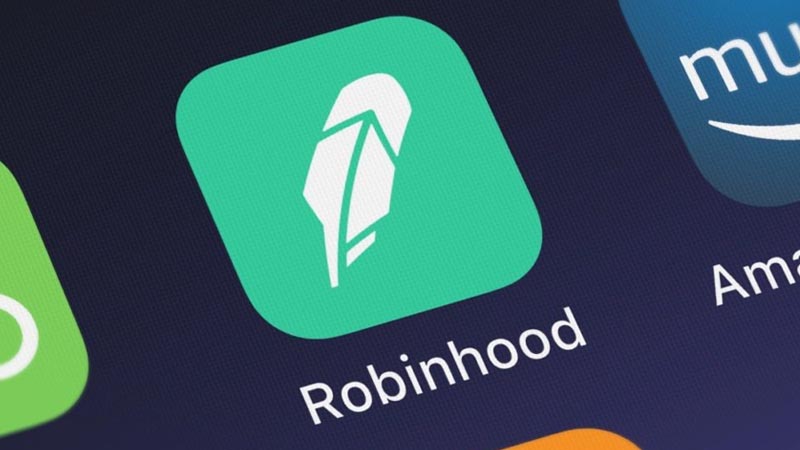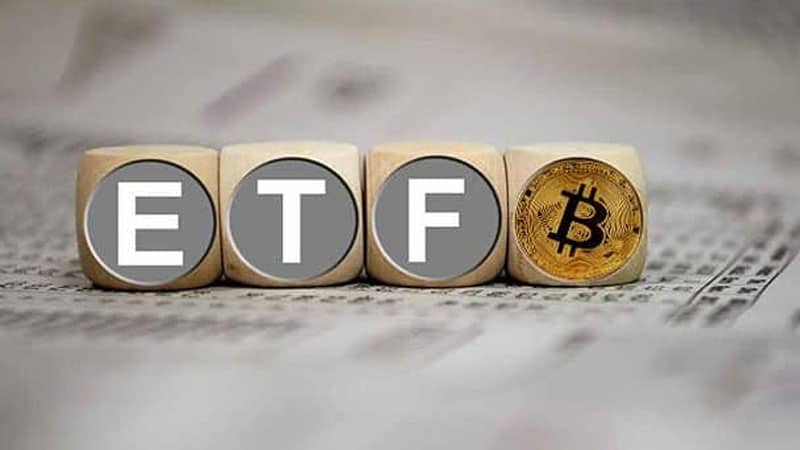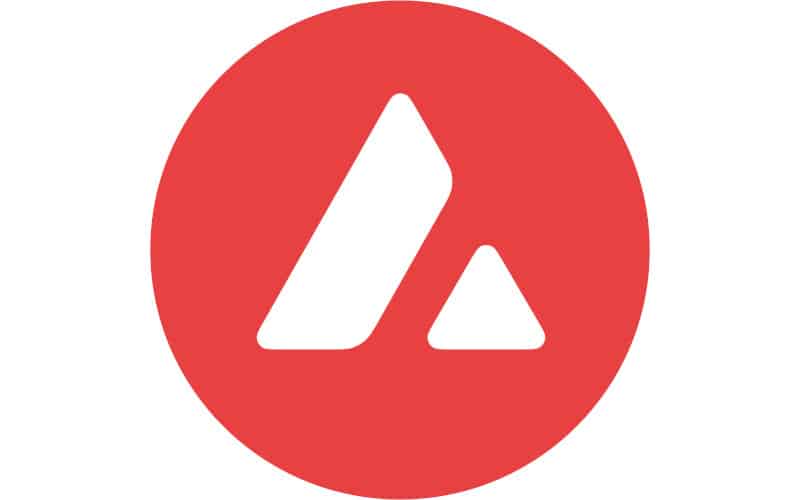Last Updated on
Thanks to its distinctive Proof of Stake (PoS) mechanism, the blockchain platform Avalanche aims to resolve the blockchain trilemma of scalability, security, and decentralization.
Avalanche aims to increase blockchain interoperability by integrating a number of decentralized finance (DeFi) ecosystems, including well-established projects like Aave and Curve since its smart contracts are written in the same Solidity language that Ethereum uses. Avalanche enables smart contracts to run decentralized applications (dApps) on its network, just like Ethereum does.
Overall, the Avalanche platform’s native token, AVAX, is used to power transactions throughout its ecosystem. AVAX is used to facilitate network transactions by charging fees, distributing system rewards, and taking part in governance.
People who want to take part in Avalanche’s DeFi initiatives or who see the potential for other dApps to emerge on the network may want to hold AVAX. The AVAX token can be used to interact with smart contracts, so any user who wants to learn more about Avalanche’s offerings may want to buy it.
Avalanche to USD Chart
[ccpw id=”154385″]
Convertor
[ccpw id=”154386″]
Coin Project
[ccpw id=”154387″]
The high-fidelity, high-security network provided by Avalanche balances transaction speed and cost-effectiveness while remaining user-friendly and dependably decentralized.
There are three primary aspects of Avalanche’s design that set it apart from other blockchain projects. These aspects are:
- its consensus mechanism,
- its incorporation of subnetworks,
- and its use of multiple built-in blockchains.
Despite the fact that Avalanche’s platform is complex, these three aspects are what significantly set it apart.
In order to circumvent the constraints of the blockchain trilemma, Avalanche is built using three distinct blockchains. Each of these chains can be traversed by digital assets to carry out various ecosystem-wide tasks.
- The default blockchain on which assets are created and traded is the Exchange Chain (X-Chain). This includes the AVAX native token of Avalanche.
- Smart contracts can be written and executed using the Contract Chain (C-Chain). The Ethereum Virtual Machine serves as the foundation for Avalanche, allowing for cross-chain interoperability to benefit smart contracts.
- The Platform Chain (P-Chain) manages subnets and facilitates the coordination of validators.
Markets
[ccpw id=”41288″]
Wallets
| Ledger | Visit website |
| Trezor | Visit website |
| Math Wallet | Visit website |
| Trust Wallet | Visit website |
| BTC Wallet | Visit website |
| Electrum | Visit website |
| Coinbase | Visit website |
| Cobo | Visit website |
News
You might be interested in

Around 7 million Robinhood users affected by data breach

Bitcoin ETF: What is it, price, and ticker symbol


FAQs
How did Avalanche start?
The Avalanche protocol’s foundation was described in detail in an article written by Team Rocket, a group of anonymous software developers, in May 2018. Emin Gün Sirer soon after established AVA Labs with the aim of developing the Avalanche blockchain.
Sirer is a renowned former participant in the Initiative for Cryptocurrencies and Contracts (IC3) and a professor of computer science at Cornell University. Additionally, he developed Karma in 2003, a Proof of Work virtual currency for earlier peer-to-peer file-sharing networks than Bitcoin.
Through an ICO in July 2020, Avalanche raised $42 million, and it has since attracted significant investment. Large VC firms like Polychain and Three Arrows Capital were among the participants in the Avalanche Foundation’s token sale, which raised $230 million in July 2021.



